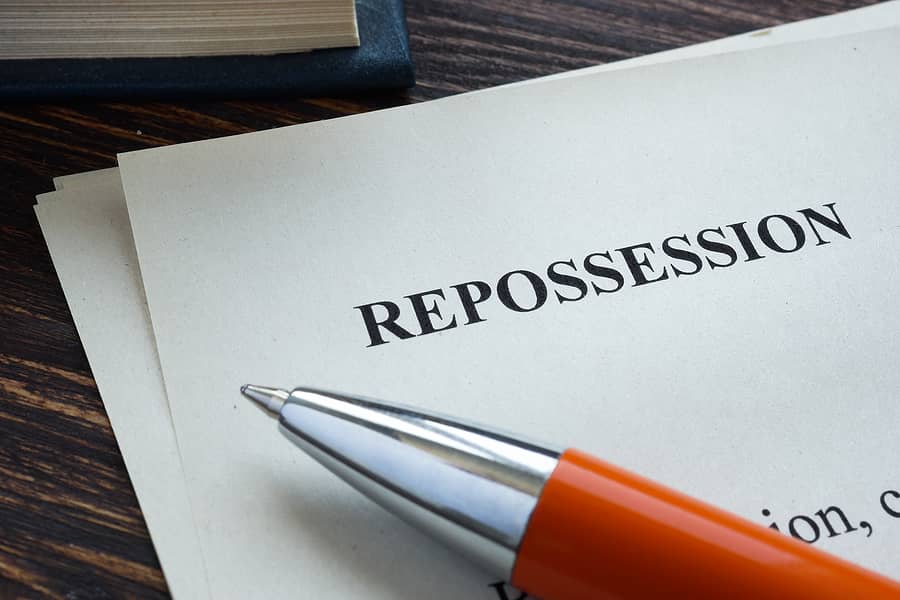Ontario homeowners are very proud to own property and work hard to keep their property in the best condition while ensuring the mortgage(s) on their property remain in good standing. In this Province and across the country, mortgage default remains a very rare occurrence. Of all household debt, most Ontario homeowners will work diligently to keep paying their mortgage on time and in full.
Although homeowners falling into mortgage arrears remain a rare occurrence, lenders do have the authority under the Ontario Mortgages Act to utilize one of two methods available to handle mortgage default. As a rule of thumb, most Ontario-based lenders tend to use the method of Power of Sale to try to encourage homeowners to put their mortgages back into good standing or try to repossess the property if the mortgage remains in arrears.
Foreclosure, the other main method to handle mortgage default but rarely used in Ontario, needs court approval and typically takes longer than a Power of Sale process.
If you are facing the threat of repossession of your property by your lender, it is imperative to try to take the necessary steps to prevent losing your home. It is crucial to fully grasp one of the final steps in the Ontario Power of Sale process: the courts issuing the Writ of Possession, which can result in eviction by a sheriff from your home.
Is There Time to Reverse the Default Proceedings?
Your lender has informed you that you are officially behind on your mortgage payments. Do you have time to reverse this decision? Do you still have time to put your mortgage in good standing?
The answer to these pressing questions is yes. There are few options to delay default, like filing a Statement of Defence, but they are costly and rarely granted. There are other ways to prevent the lender from taking back possession of your property. These options include:
- Allowing an Ontario-based buyer to purchase your property at fair market value with a discount. This option offers a rapid and straightforward process that eliminates the necessity of hiring a real estate agent. The property is sold in its current condition, saving significant costs on renovations or repairs.
- Refinance your principal mortgage. This option empowers Ontario homeowners to modify the terms of their first mortgage, thereby securing funds to repay mortgage arrears and ensuring manageable mortgage payments moving forward.
- Take out a second mortgage on the property. By taking out any type of second mortgage option using existing home equity, the funds will be available to put the mortgage back into good standing and enable the Ontario homeowner to pay the monthly payments moving forward. Different types of second mortgages include Home Equity Lines of Credit (HELOCs), home equity loans, a second mortgage, or even a home renovation loan.
Understanding a Writ of Possession and Eviction Process
Take steps to stop repossession and understand the final steps in the Power of Sale process. After your lender informs you of a Power of Sale, they must take legal steps before evicting you. The lender cannot sell your property until these steps are completed.
A Notice of Sale clearly stating that an Ontario homeowner is in arrears and that the lender intends to take possession of the property must be sent to all properties associated with the property, including relevant third parties. A redemption period must be given to provide time for the mortgage holder to put the mortgage in good standing.
If the mortgage remains in arrears, then a Statement of Claim is sent to the homeowner. If arrears remain, the lender can file for default judgment and request a Writ of Possession from the courts.
What is a Writ of Possession?
A Writ of Possession is a court order that directs a sheriff to enforce a judgment issued by the courts. The writ of possession legally allows your lender to take possession of your property and sell it. The lender must obtain a writ of possession to legally sell the property and evict the homeowner.
The property owner receives a two-week eviction notice from the sheriff’s office. The Notice of Eviction will clearly state the time and date that the homeowner must vacate the property. If the homeowner still refuses, the Sheriff will come and physically remove the occupants from the property.
A lender can repossess a property if all steps are followed and the homeowner doesn’t stop the Power of Sale. Following eviction, the lender can take back possession of the property and attempt to sell the property.
Recent statistics reflect this reality for Ontario homeowners. According to the numbers released on February 24th by the Canadian Bankers Association, of the 2,083,895 owned properties in Ontario, only 0.1% have fallen into mortgage arrears as of November 2020 which totals 2,008 properties.
Mortgage Broker Store Can Help Stop Repossession of Your Home
At Mortgage Broker Store, we excel in navigating the legal intricacies of stopping a Power of Sale. We provide expert guidance on the most effective strategies to safeguard your home from repossession.
If traditional banks have denied you mortgage loans due to poor credit, Mortgage Broker Store can help. We connect you with Ontario-based private lenders capable of settling mortgage arrears and halting a Power of Sale. For personalized advice, contact us at 416-499-2122 or email ron@mortgagebrokerstore.com today!
